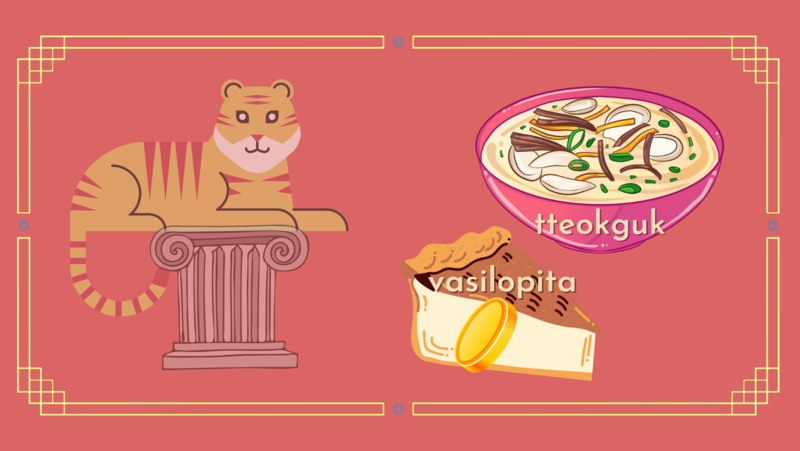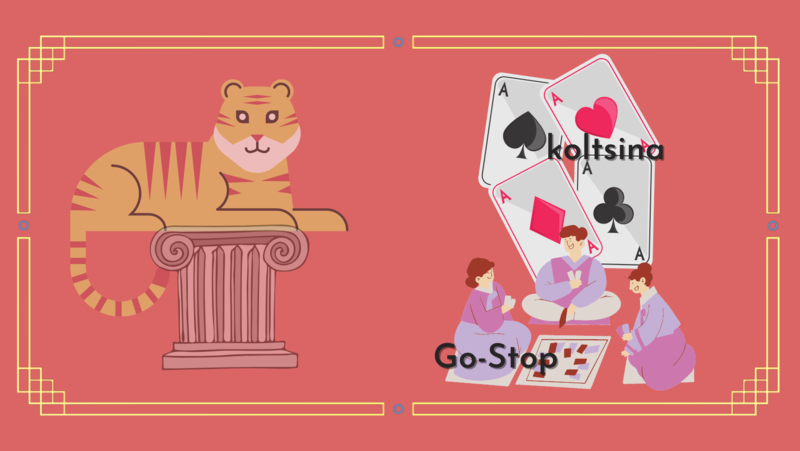- 한국어
- English
- 日本語
- 中文
- العربية
- Español
- Français
- Deutsch
- Pусский
- Tiếng Việt
- Indonesian
By Honorary Reporter Konstantina Koutsoupia from Greece
Photo = Konstantina Koutsoupia
Next week is Seollal (Lunar New Year), one of Korea's two biggest holidays that this year lasts from Jan. 31 to Feb. 2. The following is a comparison of how Korea and Greece mark this occasion.
Date
While Seollal follows the lunar calendar, Greece observes the new year on Jan. 1 according to the Gregorian calendar. This was not always the case, however. Before the Roman Empire and Christianity, Greeks in ancient times celebrated the new year using the attic calendar, which was used in Athens and vicinity. Knowledge of the winter solstice was crucial for Greeks as it signified the rebirth of the sun. According to historical sources, ancient Greeks marked the new year from the autumn equinox after the summer solstice.
Food
During Seollal, tteokguk (rice-cake soup) is traditionally eaten in Korea, and this dish reminds me of Greece's vasilopita. Known as St. Basil's pie, whose name refers to a figure similar to Santa Claus, this Greek cake is coated with confectioner's sugar and contains a lucky coin. The person who finds this coin in their piece is believed to enjoy luck in the new year.

Like in Korea, the new year in Greece is a time for families to gather, exchange gifts, and visit their hometowns and grandparents in the country. After reading about Korea's tradition of giving sebaetdon (money for children after bowing to elders), I wanted to go back in time as a child. Similarly, grandparents or parents in Greece's northern countryside used to leave coins under the pillows of the children while they slept.
Games
People in both countries play games to mark the new year. In Korea, children traditionally play the four-stick game yutnori or fly rectangular kites in the game yeonnalligi, and adults play the card game hwatu (Go-stop). In Greece on New Year's Eve and the day after, people customarily play card games like 31 or xeri.

*This article is written by a Korea.net Honorary Reporter. Our group of Honorary Reporters are from all around the world, and they share with Korea.net their love and passion for all things Korean.
